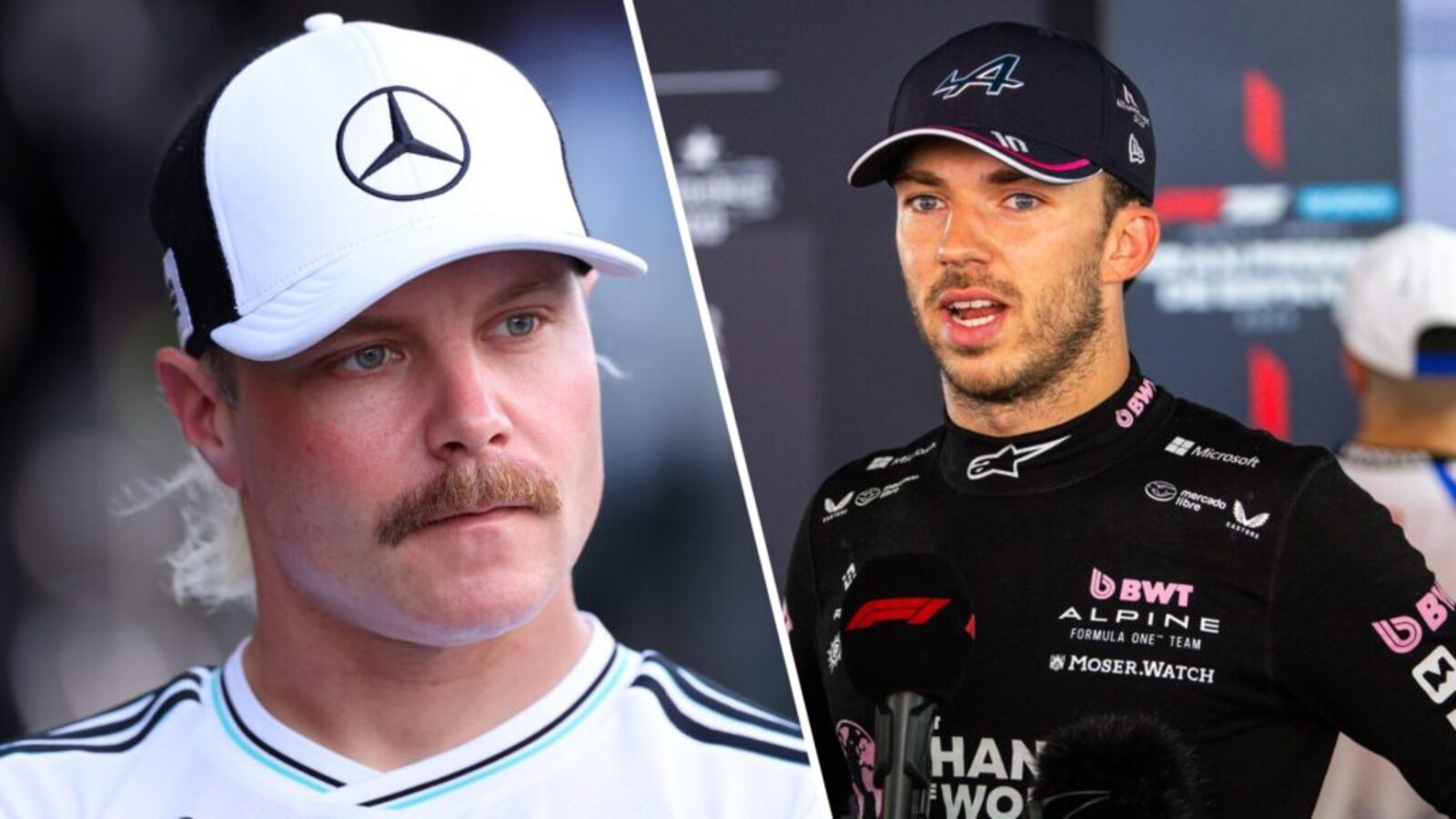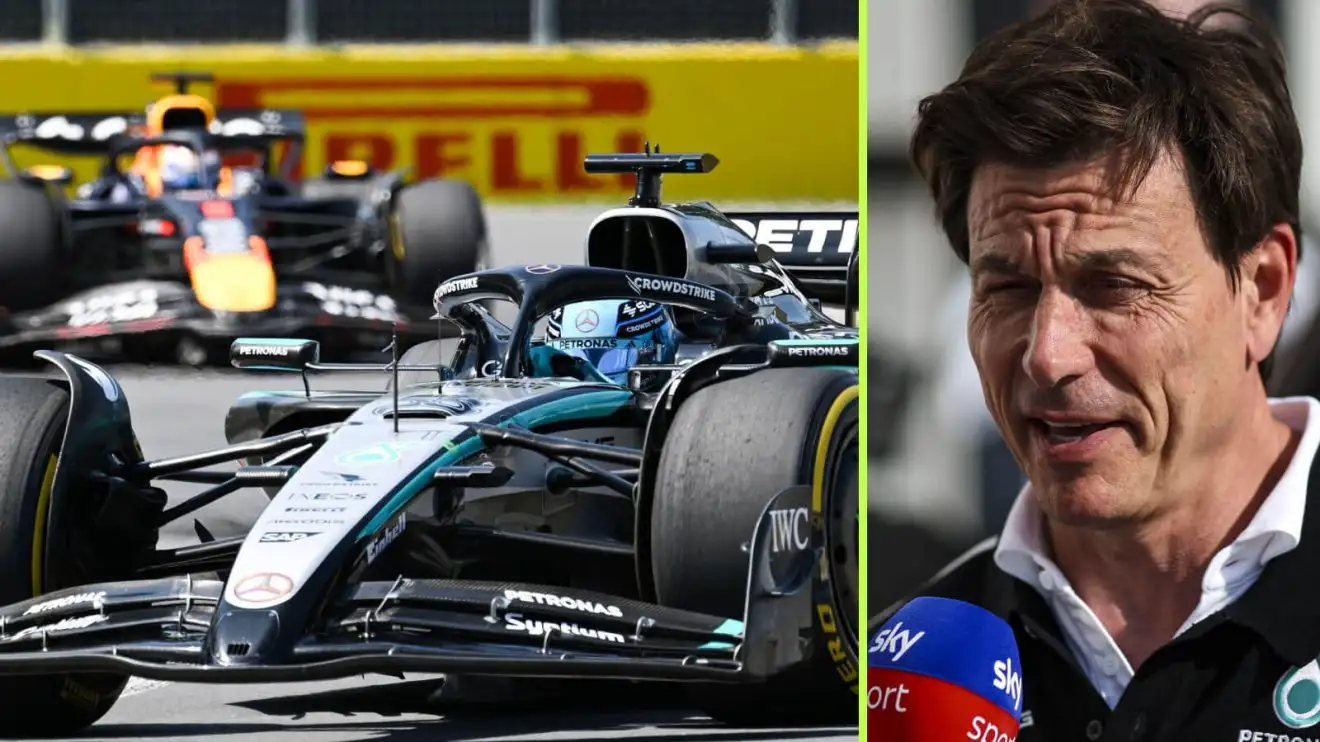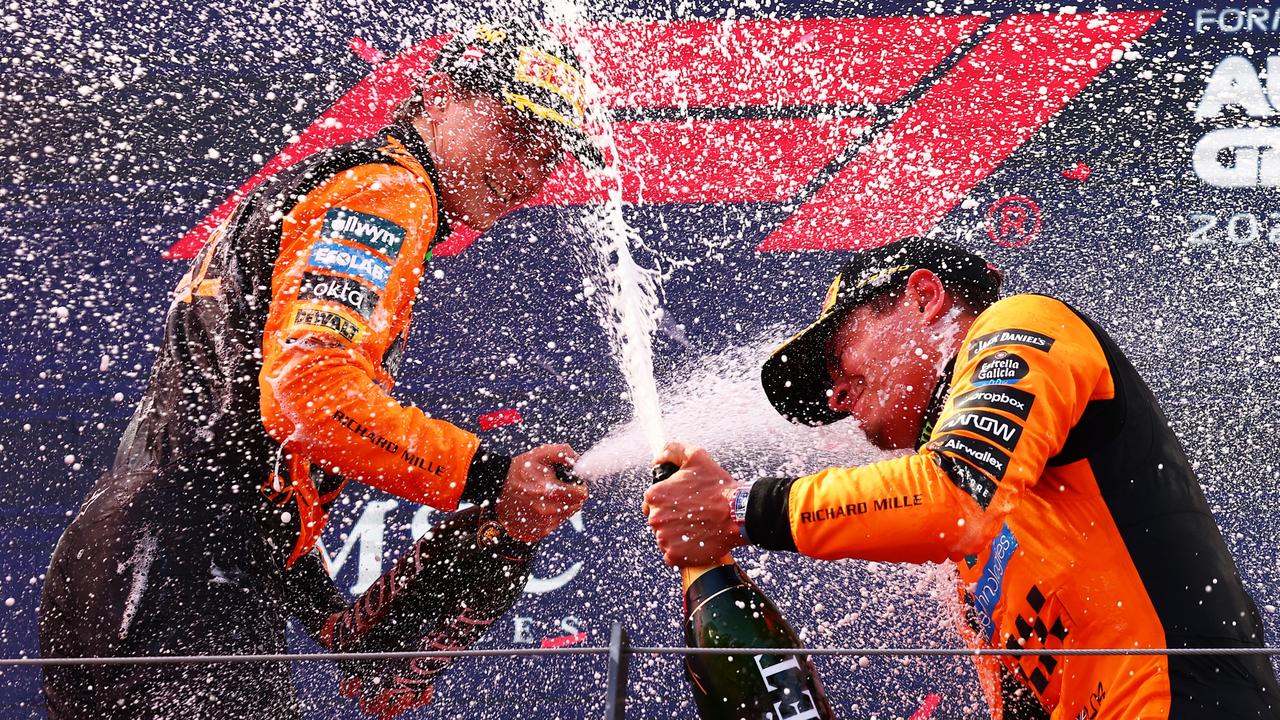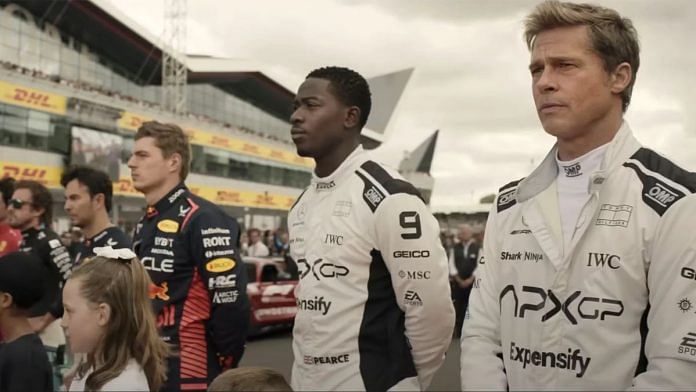Intense speculation currently envelops the future of the Alpine Formula 1 team’s driver lineup, with credible reports strongly indicating that Valtteri Bottas has emerged as a leading candidate to join Pierre Gasly for the pivotal 2026 season. This potential partnership introduces a fascinating dynamic, as Gasly’s current position within the French outfit is under considerable scrutiny, and the prospect of him sharing a garage with Bottas ignites discussions given their well-documented history of on-track clashes and competitive tension.
The “past fury” between Gasly and Bottas is not mere conjecture; their racing careers have seen moments of significant friction. From aggressive overtakes to heated radio exchanges, the two drivers have previously demonstrated a fierce, often unyielding, rivalry. Should Bottas, a seasoned campaigner with multiple Grand Prix victories and years of experience at top teams like Mercedes, indeed move to Alpine, it would undoubtedly add an intriguing layer to the team’s internal dynamics, potentially challenging Gasly to adapt to a new competitive environment alongside a familiar adversary.
Alpine’s reported consideration of Bottas signals a strategic shift, potentially prioritizing experience and a proven track record as they navigate the complexities of the upcoming regulatory changes in Formula 1. Bottas’s analytical approach and consistency could be seen as valuable assets for a team aiming to climb the constructor standings. This potential move underscores the high stakes involved in securing the right driver pairing, particularly as teams prepare for a significantly altered technical landscape post-2025.
This anticipated driver change at Alpine is far from an isolated incident; it mirrors a highly fluid and intensely competitive Formula 1 driver market. Teams across the grid are actively evaluating their options, with several prominent outfits already initiating significant driver swaps. A notable example includes the shifts at Red Bull and Racing Bulls, where Yuki Tsunoda now faces immense pressure after taking over Liam Lawson’s seat, demonstrating the relentless nature of performance-driven decisions in elite motorsport.
The integration of a driver of Bottas’s calibre into the Alpine F1 structure could profoundly alter the team’s strategic direction and overall performance trajectory. Such a high-profile move would inevitably ignite widespread discussion among fans and pundits, dissecting potential team hierarchies, the intricacies of contractual negotiations, and the ripple effect on other drivers who are currently vying for top-tier seats across the paddock. The ripple effect on the F1 Driver Market is a constant source of fascination and speculation.
As Formula 1 teams begin to solidify their rosters for the revolutionary post-2025 regulatory era, every driver movement carries substantial weight. These decisions influence not only immediate team prospects but also the long-term competitive balance of the sport. The meticulous planning required for the future, combined with the inherent unpredictability of driver performance and team synergy, makes each announcement a critical piece of the broader championship puzzle.
The anticipation for the 2026 Formula 1 season continues to build, promising an exciting new phase for the sport. With potential new pairings, renewed rivalries, and the overarching implications of significant technical regulations, the F1 landscape is poised for dramatic shifts. The prospective partnership between Pierre Gasly and Valtteri Bottas at Alpine stands as a compelling narrative within this unfolding saga, promising an engaging chapter in Formula 1 News.
Discover more from The Time News
Subscribe to get the latest posts sent to your email.



